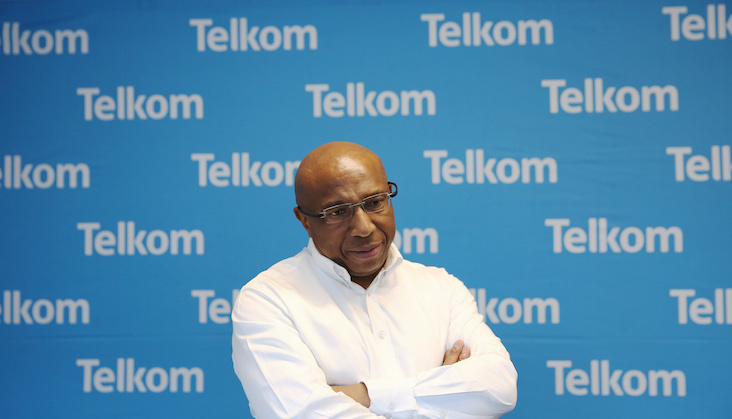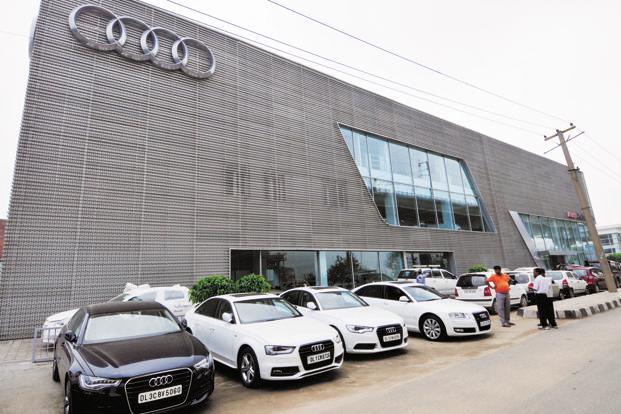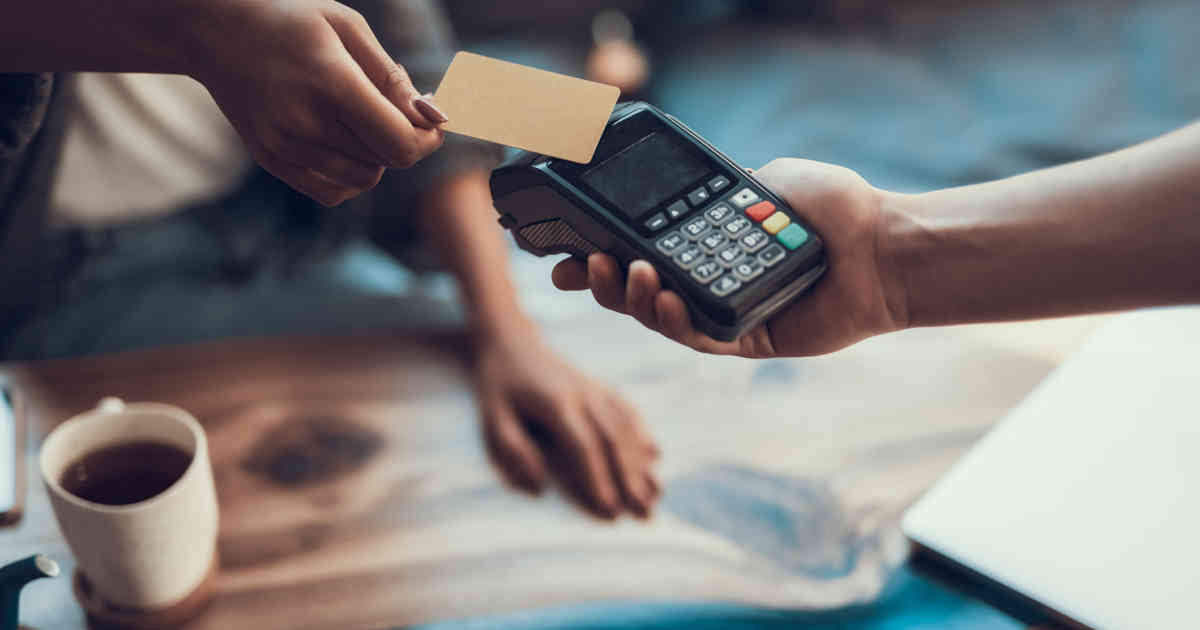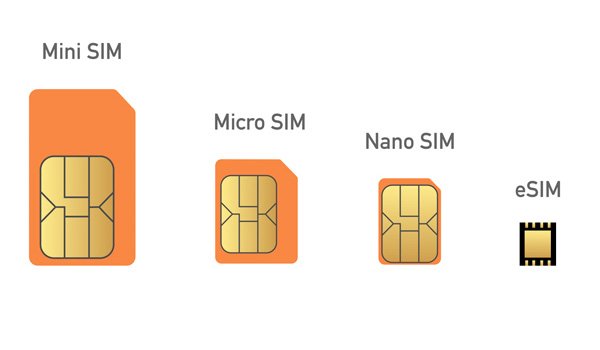Bitcoin Surge Defies Macro Peril
The concern that bitcoin and other tokens should be beating a hasty retreat appears unfounded as macro events seem to suggest that they’re extending their 2023 rebound.
This is amid fears about further interest rate hikes; a fizzling US stock rally and a US crypto crackdown all suggest bitcoin and other tokens should be beating a hasty retreat. Instead, they’re extending their 2023 rebound.

Bitcoin’s year-to-date gain has now reached 50% after a further jump in February, contrasting with a retreat in global equities this month courtesy of a macroeconomic environment replete with growth and inflation concerns.
read alsoHow Bitcoin Has Surprised Analysts Surging to Highest Since August
This divergence has dented a positive correlation between shares and crypto that sprouted in the pandemic. A 40-day correlation between bitcoin and the S&P 500 has slid below 0.3 to the lowest since 2021 from a May record above 0.8. A reading of 1 implies assets are fluctuating in lockstep and minus 1 signifies the opposite.
This divergence has dented a positive correlation between shares and crypto that sprouted in the pandemic
Other relationships have shifted, too: a once deeply negative 40-day correlation between bitcoin and a dollar gauge is rapidly disappearing, while January’s tight tie between treasuries and the largest digital asset has dissipated.
read also Crypto Crime Hits Record $20-billion in 2022
“Crypto has been decoupling from traditional assets in 2023” and “crypto-specific events increasingly drive the market”, digital-asset research company Kaiko wrote in a note.
An array of assets including digital tokens surged in January, but the risk rally outside of crypto snapped this month as data including strong US jobs figures dashed hopes for an imminent peak in borrowing costs.
Crypto is outpacing traditional assets as a result. The S&P 500 has returned a smidgen over 6% this year, the Nasdaq 100 almost 13% and gold about 1%. The MVIS CryptoCompare Digital Assets 100 Index of leading tokens is up 40%.
Endogenous drivers
Some commentators contend that endogenous drivers in the digital-asset industry are influencing speculative bets on tokens. Hong Kong, for instance, stirred optimism by pivoting in October to a pro-crypto stance and on Monday outlined a plan to allow retail investors to trade larger coins.
Adam Farthing, an analyst at crypto market maker B2C2, said 59% of flows from the Asia-Pacific region were buyers, compared to 55% in Europe and the Middle East, and slight selling pressure from the US where regulators have turned up the heat on the sector in the wake the collapse of the FTX exchange.
read also South Africa Medtech Startup Envisionit Deep AI Raises $1.65M
Another crypto theme is the next upgrade of the ethereum blockchain — the biggest commercial highway in the virtual-asset industry. The so-called Shanghai upgrade will allow investors to withdraw ether coins they had locked up to help operate the network in return for rewards, a process called staking.
Smaller tokens from applications that try to make it easier to harness staking rewards have surged. Examples include Lido DAO and Rocket Pool’s RPL, which are up 200% and 150% respectively in 2023, according to data from CoinGecko.
Innovation “will allow crypto to decouple from traditional markets,” said David Moreno Darocas, research lead at market intelligence firm CryptoCompare.
So-called halving events — set intervals where the rewards paid out to crypto miners are slashed by 50%, reducing the new supply of tokens — are also rippling through digital-asset markets. The litecoin token’s halving is due in coming months and it has gained about 35% this year. Bitcoin’s halving is expected in 2024.
“Unless there is a material escalation in macro instability, we expect crypto to revert to be driven by sector-specific factors,” said Richard Galvin, co-founder of fund manager Digital Asset Capital Management.
Crypto correlations can turn on a dime and some argue bitcoin has surfed a short squeeze and is vulnerable to rising rates. Higher borrowing costs and a series of blowups lopped $1.5-trillion off the market value of digital tokens last year.
Many investors remain wary, but those who are interested are coming off the sidelines and appear to be “buying for price appreciation and diversification”, said Alkesh Shah, head of crypto research at Bank of America.
read also Meta to Launch Payment Subscription Service on Verified Accounts
Retail-investor demand is helping, added JPMorgan Chase & Co strategist Nikolaos Panigirtzoglou. “This positive retail impulse year-to-date is naturally more dominant in crypto given the absence of institutional investors at the moment” post-FTX, he said.
Kelechi Deca

Kelechi Deca has over two decades of media experience, he has traveled to over 77 countries reporting on multilateral development institutions, international business, trade, travels, culture, and diplomacy. He is also a petrol head with in-depth knowledge of automobiles and the auto industry



















